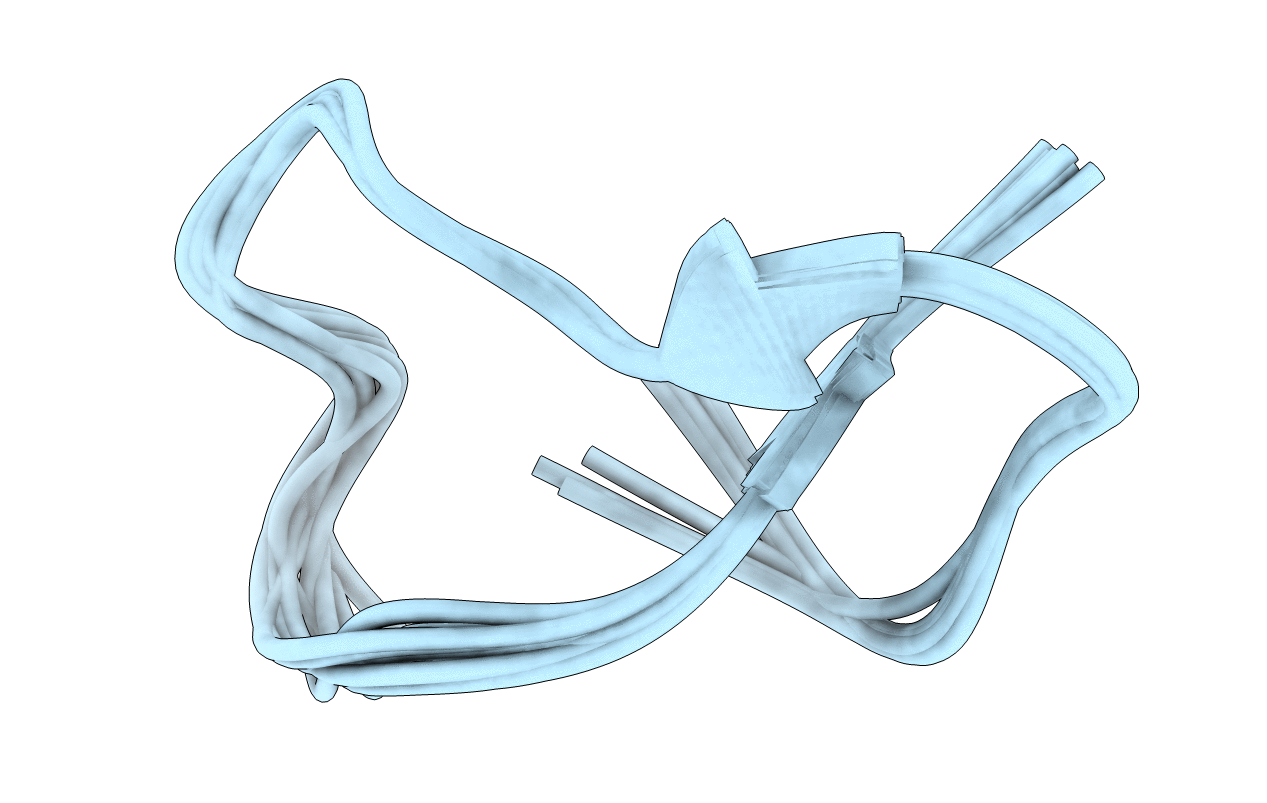
Deposition Date
2017-01-13
Release Date
2017-02-08
Last Version Date
2024-05-15
Entry Detail
PDB ID:
5UI7
Keywords:
Title:
Solution NMR Structure of Lasso Peptide Klebsidin
Biological Source:
Source Organism:
Klebsiella pneumoniae 4541-2 (Taxon ID: 1455603)
Host Organism:
Method Details:
Experimental Method:
Conformers Calculated:
100
Conformers Submitted:
10
Selection Criteria:
target function


